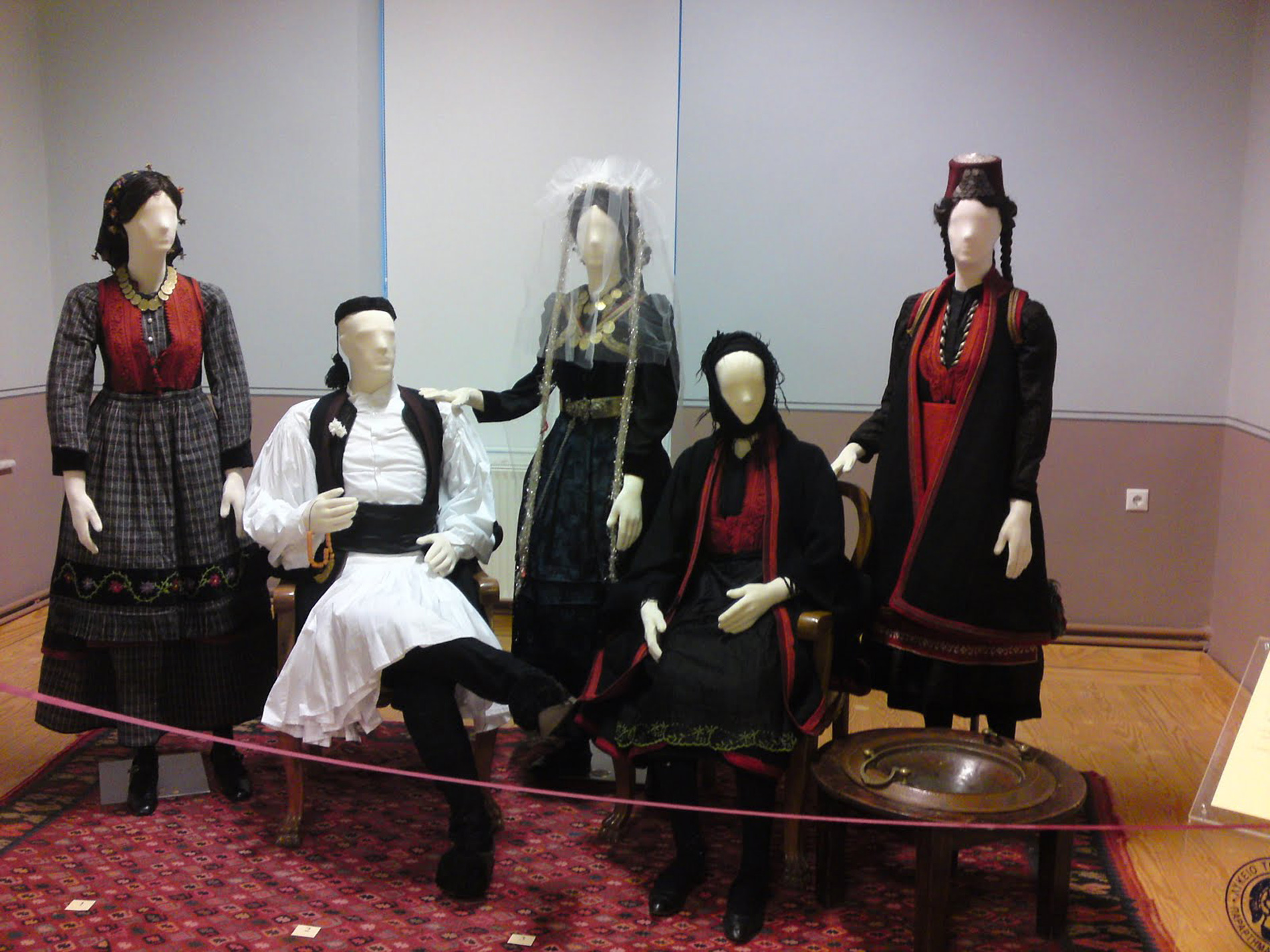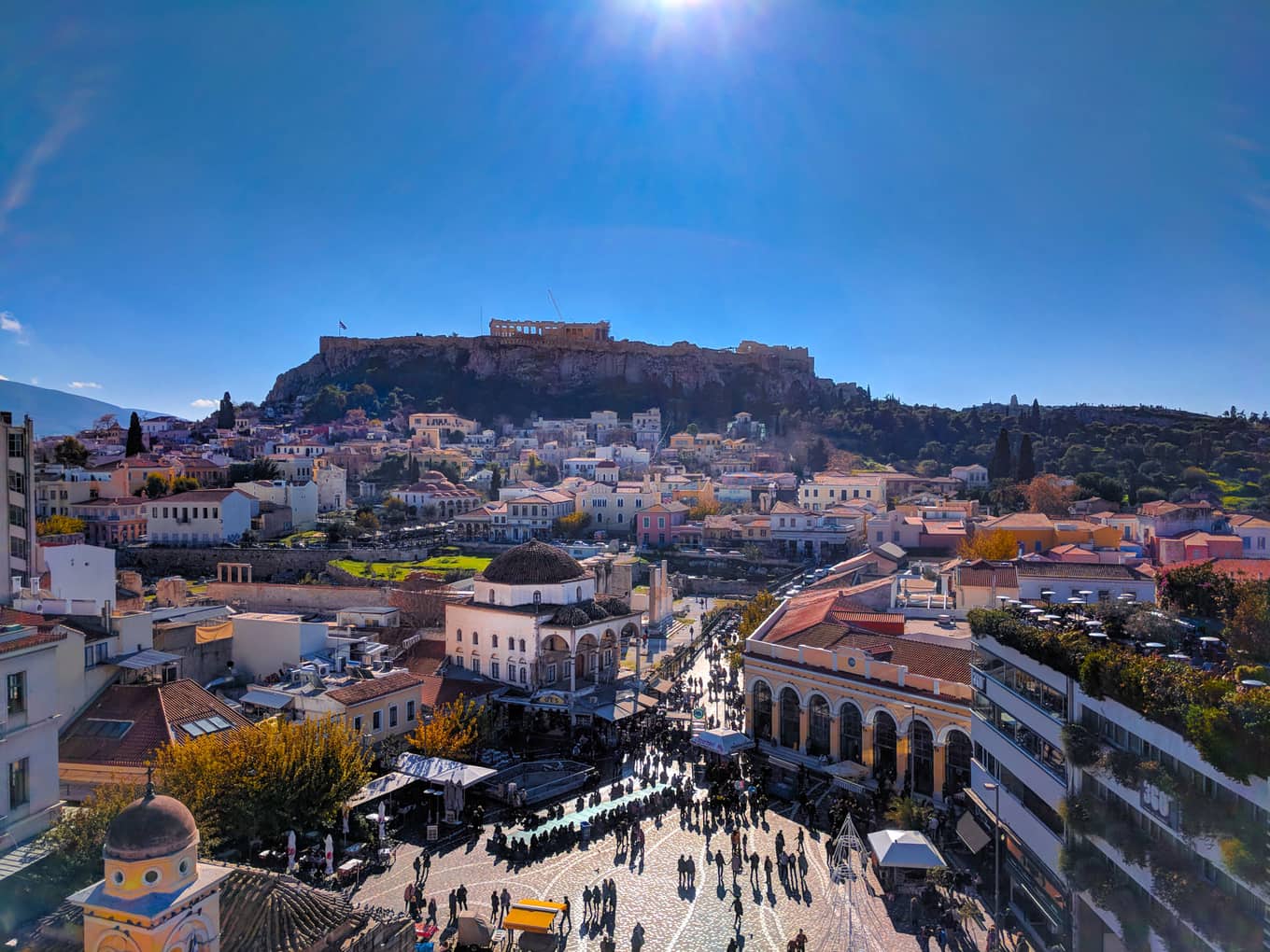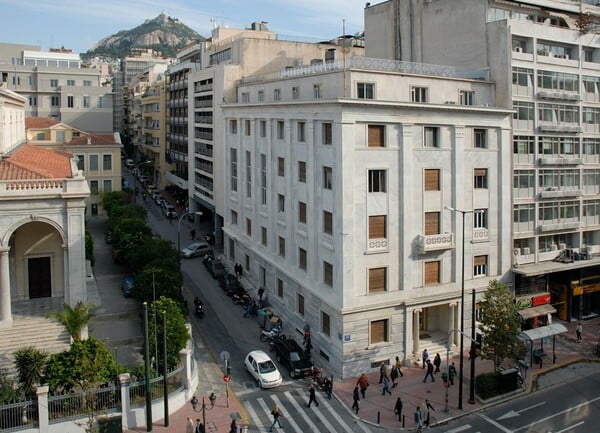Handrian’s Library
Useful
Information
Areos 3, Athina 105 55, Greece
Informations
Address:
Areos 3, Athina 105 55, Greece
Handrian’s Library
The Hadrian’s Library was a large library in ancient Athens. It was named after the Roman emperor Hadrian who was the founder of the library.
The library was also called the University of Athens. Part of the library was a large inner courtyard measuring 100 × 70 meters, surrounded by an impressive peristyle. The main building of the library had two rooms, where visitors could read or attend lectures. The library hall was probably three-storeyed, but the third floor has not been preserved. The walls were probably fitted with shelves with a total capacity of 18-20,000 parchments. Today, the western view of the Propylon with its Corinthian columns is preserved. The archaeological site is located in Athens, in Monastiraki, north of the Acropolis. Inside its small museum, is also exhibited a colossal Roman statue of Victory from the 1st century BC, which was found on the site. The few ruins left intact. There are also many other findings of the archaeological excavations that are still in progress.
Hadrian’s Library, as described by the traveler Pausanias (2nd century AD) had 100 pillars that supported the roof. The roof inside was gilded and the space was decorated with precious alabaster objects. Today they can be seen: the bases of the columns of the inner courtyard, which form four galleries, each seven metres long. In the southern part, the foundations and some of the walls of a two-storey building. In the centre of the courtyard the ruins of an architectural pavilion. In the northwest, the entrance to the library with its 7 Corinthian style columns. The entrance to the archaeological site is from Areos Street.
In 267 the Library was destroyed during an attack by the Heruli. The remains were incorporated into the late Roman wall. In 412 it was renovated by order of the then Roman commander Herculius. In the middle Ages, the area of the library protected by the late Roman wall became the heart and financial center of Medieval Athens. At the same time, a Christian church was founded in the inner courtyard, which in the 7th century was enlarged and became a royal three-aisled church. This transformation prevented the demolition of the building. In the 11th century, the Church of the Virgin Mary was built on the same foundations, which was destroyed by fire in 1884. During the Turkish occupation, the Hadrian’s Library was the seat of the Turkish Voivode (Governor). In 1835, the barracks of King Otto were built on the site of the “Voevodaliki”. On 9 August 1884, more than a hundred small shops in the bazaar of Hadrian’s Library and other buildings in the area were burnt down in an arson attack. Megali Panagia, the oldest church in Athens, was also burnt down. Thus, the fact that the area of the library is now free of buildings provided the opportunity for archaeological research to begin in the area.
Excavations in the area began in the period 1885-1886 by the Archaeological Society of Athens, under the supervision of Stefanos Koumanoudis and Willem Dörpfeld. In 1950, Ioannis Traulos continued investigations in the area.







